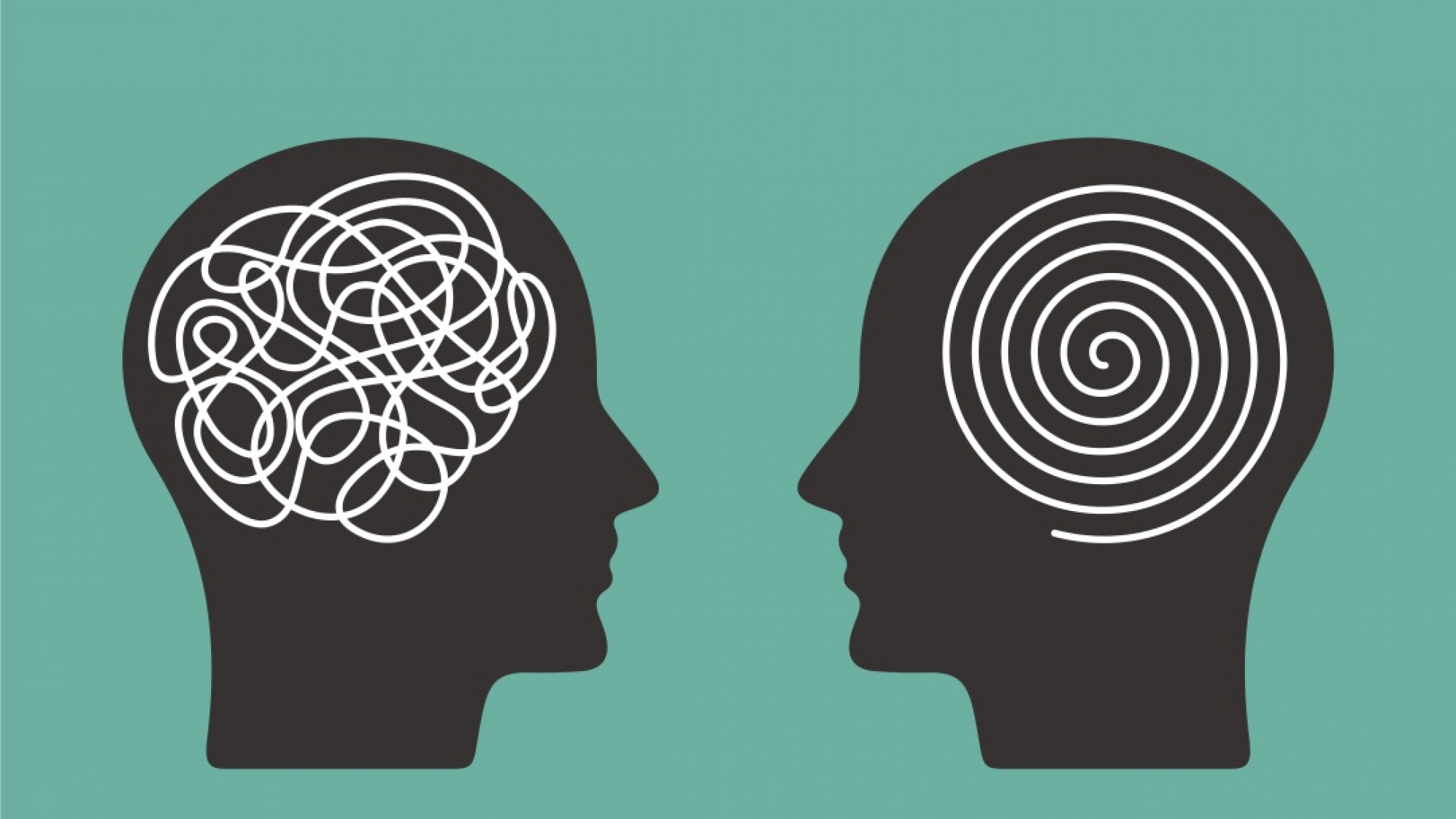You don't need a gym to train your calm muscle
You probably aren’t thinking about all the muscles you’re using to read this blog right now. Your abdomen is probably holding you in a sitting position, maybe your right pointer finger is swiping the screen or rolling the mouse. Perhaps your leg is crossed over the other bouncing up and down.
Your brain, while not technically a muscle, is also capable of training. Think about how fast you get at calculating how many minutes until bedtime or how fast a reaction of worry happens when something that made you worry before repeats itself. What is reinforced becomes a habit.
What happens to your body when you’re stressed
When your body gets stressed, adrenaline and cortisol are released, causing havoc on your heart rate, blood pressure, and blood sugar. We feel that “fight or flight” sensation where we either want to literally tackle the chaos right in its face or run like hell away from it, straight back into bed with the covers over your head (been there!)
We all know stress is bad. And when I get asked how I stay so calm, even when things are going horribly wrong, I realize it’s because I work on my “calm muscle” daily.
Calm is a muscle
You can workout and build your calm muscle just like you build muscle in your biceps and calves.
Just like in other muscles of your body:
- Start small. You don’t just grab 50lb kettlebells to lift if you haven’t exercised in 10 years. You start small, with 2 or 3 pound dumbbells and work your way up.
- Be consistent. Especially with mental muscles like calm, you want to work on this every day and build it into your daily practice. The more you do it, the faster the process will go!
How to build your calm muscle
To work on building your calm muscle, here’s a good place to start:
- Incorporate 3 minutes of meditation or silence a day, for two weeks. Learning how to get into a state of calm is the most critical aspect of the process, just like learning how to use the equipment at the gym appropriately, with good form. I personally like Insight Timer and Aura, but there are lots of meditation apps out there.
- In moments of stress, stop and redirect your mind. When you feel your particular stress symptoms (like gritting your teeth, hurling curses, or feeling your throat close up to name a few), stop everything you’re doing. For 10 seconds be quiet. Direct your body into a calm place using the techniques you learned in your meditation (aka breathing, body posture, situation change). Ask yourself, “Is this situation life-threatening?” (Likely not). Own your calm and have confidence that the chaos or challenge that you’re facing is most likely temporary and will resolve. You can handle this and will get through it. It’s a lot easier to move through challenges and problem solve when you have a calm mind and spirit.
- Even if you don’t achieve total calm doing either of these things, don’t worry. It takes time, bit by bit, and the whole “fake it til you make it” idea works. I promise it will come true the longer you try.
Flex it and forget it
The more you use your calm muscle, the easier it will be to flex it, and the less you’ll have to think about it. Imagine how fast you run up a flight of stairs when you’ve worked on your lower body and cardio strength. You don’t have to think about it, it just happens.
And you don’t need to wait until you’re stressed to exercise your calm muscle. In fact, it’s even better to practice when you’re not in turmoil. Try anchoring your calm “workout” to an activity you do every day without fail. When you wake up, when you eat, washing your face, getting the mail.
Like saying grace, if you are religious, this practice should become part of your daily routine for maximum effect.
As time goes on, the more you practice, like anything else, the easier it will be to reach calm in moments of distress. And the more you use it, the stronger it will get, until it becomes a built-in superpower that automatically engages – just like your reflexes when catching a pacifier about to hit the floor. Calm becomes second nature!
Add “Work my calm muscle” into your weekly or daily planner (free planner downloads here) to remind you of your focus for the next few weeks. The more you work this muscle, the more you’ll own your calm, and the more calm will become part of you, versus something you try to do. And you’ll be able to take your calm with you, wherever you go, from the office to the freeways to the dinner table.
For more tips on how to own your calm, sign up for the Chaos to Calm newsletter.
 Cart is empty
Cart is empty 

Leave A Comment